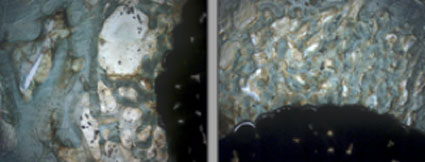 When William Murphy works with some of the most powerful tools in biology, he thinks about making tools that can fit together. These constructions sound a bit like socket wrenches, which can be assembled to turn a half-inch nut in tight quarters, or to loosen a rusted-tight one-inch bolt using a very persuasive lever. The tools used by Murphy, however, are proteins, which are vastly more flexible than socket wrenches - and roughly 100 million times smaller. One end of his modular tool may connect to bone, while the other end may stimulate the growth of bone, blood vessels or cartilage.
When William Murphy works with some of the most powerful tools in biology, he thinks about making tools that can fit together. These constructions sound a bit like socket wrenches, which can be assembled to turn a half-inch nut in tight quarters, or to loosen a rusted-tight one-inch bolt using a very persuasive lever. The tools used by Murphy, however, are proteins, which are vastly more flexible than socket wrenches - and roughly 100 million times smaller. One end of his modular tool may connect to bone, while the other end may stimulate the growth of bone, blood vessels or cartilage.
Feb 6th, 2012
Read more
The DARPA Systems of Neuromorphic Adaptive Plastic Scalable Electronics (SyNAPSE) program seeks to realize this goal by creating electronic systems inspired by the human brain that can understand, adapt and respond to information in fundamentally different ways than traditional computers.
Feb 6th, 2012
Read more
REACH, the European Union's primary regulation on chemicals is failing to identify or control nanomaterials. That is the conclusion of "Just Out of REACH: How REACH is failing to regulate nanomaterials and how it can be fixed", a new report by the nonprofit Center for International Environmental Law (CIEL).
Feb 6th, 2012
Read more
Researchers in France have developed a way to deposit a thin aluminum RFID tag on to paper that not only reduces the amount of metal needed for the tag, and so the cost, but could open up RFID tagging to many more systems, even allowing a single printed sheet or flyer to be tagged
Feb 6th, 2012
Read more
Bringing together the latest nanotechnology ideas and products contributing to life and green innovation.
Feb 6th, 2012
Read more
A Kansas State University researcher is developing new ways to create and work with carbon nanotubes.
Feb 6th, 2012
Read more
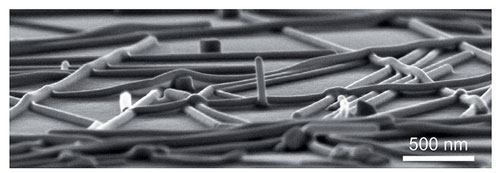 Harnessing plasmonics, the engineers are able to very accurately weld tiny silver wires that could usher in new electronics and solar applications.
Harnessing plasmonics, the engineers are able to very accurately weld tiny silver wires that could usher in new electronics and solar applications.
Feb 6th, 2012
Read more
Tiny metallic nanoparticles that shimmer in the light like the scales on a butterfly's wing are set to become the color-change components of a revolutionary new approach to point-of-care medical diagnostics.
Feb 6th, 2012
Read more
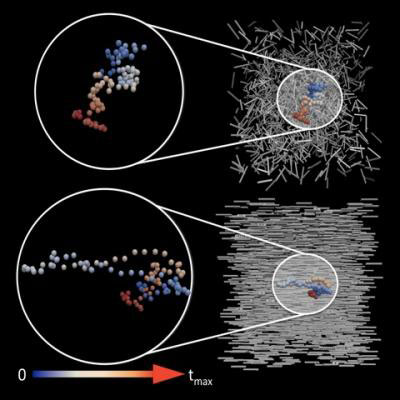 3-D computer simulations reveal diffusional behavior.
3-D computer simulations reveal diffusional behavior.
Feb 6th, 2012
Read more
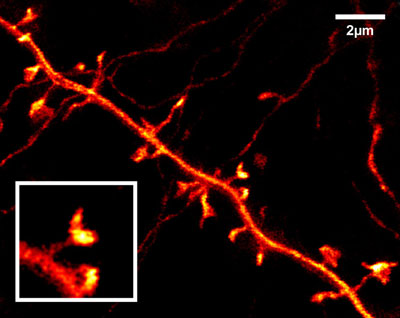 Max Planck scientists in Goettingen have for the first time made finest details of nerve cells in the brain of a living mouse visible.
Max Planck scientists in Goettingen have for the first time made finest details of nerve cells in the brain of a living mouse visible.
Feb 6th, 2012
Read more
A series of one day regional roadshows will facilitate face-to-face discussions with scientists and researchers who work with the latest tools and techniques in the world of photonics. The first meeting will be held at Imperial College, London on Thursday 26th April.
Feb 6th, 2012
Read more
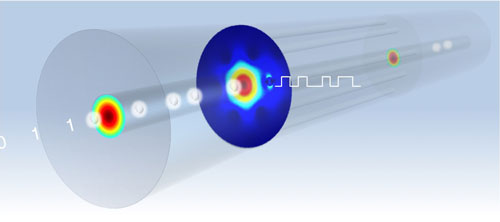 For the first time, a group of chemists, physicists, and engineers has developed crystalline materials that allow an optical fiber to have integrated, high-speed electronic functions. The potential applications of such optical fibers include improved telecommunications and other hybrid optical and electronic technologies, improved laser technology, and more-accurate remote-sensing devices.
For the first time, a group of chemists, physicists, and engineers has developed crystalline materials that allow an optical fiber to have integrated, high-speed electronic functions. The potential applications of such optical fibers include improved telecommunications and other hybrid optical and electronic technologies, improved laser technology, and more-accurate remote-sensing devices.
Feb 5th, 2012
Read more
A practical workbook that bridges the gap between theory and practice in the nanotechnology field.
Feb 5th, 2012
Read more
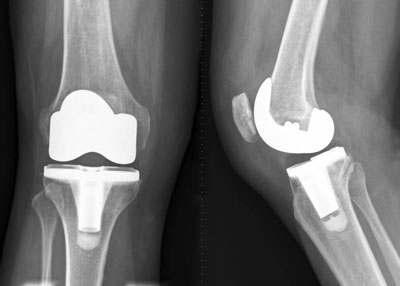 Nanodiamonds designed to toughen artificial joints also might prevent the inflammation caused when hardworking metal joints shed debris into the body, according to an early study published this week.
Nanodiamonds designed to toughen artificial joints also might prevent the inflammation caused when hardworking metal joints shed debris into the body, according to an early study published this week.
Feb 4th, 2012
Read more
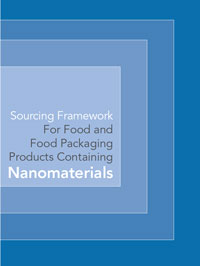 As You Sow, a nonprofit organization that promotes environmental and social corporate responsibility through shareholder advocacy, coalition building, and innovative legal strategies, has developed a framework on sourcing nanomaterials for food and food packaging. The Framework highlights what companies should ask their suppliers regarding the safety of nano-enhanced food products and packaging.
As You Sow, a nonprofit organization that promotes environmental and social corporate responsibility through shareholder advocacy, coalition building, and innovative legal strategies, has developed a framework on sourcing nanomaterials for food and food packaging. The Framework highlights what companies should ask their suppliers regarding the safety of nano-enhanced food products and packaging.
Feb 4th, 2012
Read more
The Nanodermatology Society will be holding its second annual scientific conference in conjunction with the American Academy of Dermatology annual meeting at the Manchester Grand Hyatt San Diego, San Diego, CA, March 16th 2012
Feb 4th, 2012
Read more
 When William Murphy works with some of the most powerful tools in biology, he thinks about making tools that can fit together. These constructions sound a bit like socket wrenches, which can be assembled to turn a half-inch nut in tight quarters, or to loosen a rusted-tight one-inch bolt using a very persuasive lever. The tools used by Murphy, however, are proteins, which are vastly more flexible than socket wrenches - and roughly 100 million times smaller. One end of his modular tool may connect to bone, while the other end may stimulate the growth of bone, blood vessels or cartilage.
When William Murphy works with some of the most powerful tools in biology, he thinks about making tools that can fit together. These constructions sound a bit like socket wrenches, which can be assembled to turn a half-inch nut in tight quarters, or to loosen a rusted-tight one-inch bolt using a very persuasive lever. The tools used by Murphy, however, are proteins, which are vastly more flexible than socket wrenches - and roughly 100 million times smaller. One end of his modular tool may connect to bone, while the other end may stimulate the growth of bone, blood vessels or cartilage. 






 Subscribe to our Nanotechnology News feed
Subscribe to our Nanotechnology News feed